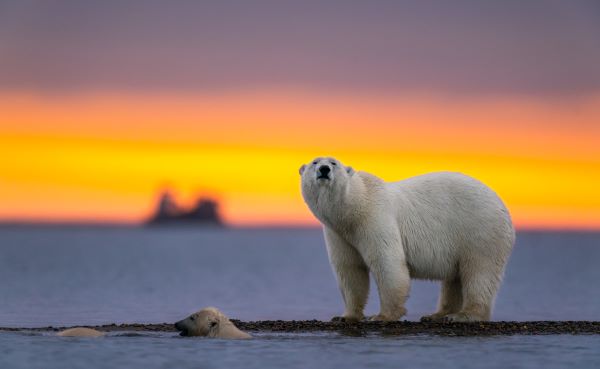
India is currently grappling with an intense heatwave, affecting millions across various regions. With temperatures soaring above 45°C (113°F) in several parts of the country, the heatwave has claimed about 80-100 lives and disrupted daily life, agriculture, and infrastructure.

World Environment Day, celebrated annually on June 5th, is a vital platform for raising global awareness about environmental issues and encouraging action to protect our planet. Established by the United Nations in 1972, this day has grown into a global movement, uniting governments, businesses, environmental organizations, and individuals in a concerted effort to address pressing environmental challenges.

As the greater threat of climate change looms, people like Rajiv Kumar Sharma are leading a revolution from their kitchen worktops. In the middle of aromatic breakthroughs and eco-conscious endeavors, Rajiv's journey with ALVE air fresheners represents a profound harmony between human inventiveness and the environment.

The world is in a tight spot with climate change knocking at our door. But have you ever thought about how we truly understand the weight of this global battle? Sure, we get tons of info from social media, news outlets, and scientific papers, but it's the snapshots taken by folks witnessing climate chaos firsthand that really hit home.

Climate change seems to be a never-ending problem causing trouble for our planet. The weather is getting hotter, storms are getting stronger, and the ice at the North and South Poles is melting. But there's hope! People are starting to find new ways to help the planet, even in unexpected places like the fashion industry.

Have you ever taken a moment to think about the convenience of having a refrigerator? For most of us, it's a crucial appliance that preserves our food and drinks. But what about those who can't afford this modern luxury? How do they manage without refrigerators, and what does it mean for the environment?

The history of menstrual hygiene products has seen a transformative journey, particularly with the introduction of sanitary pads. These disposable products revolutionized personal hygiene for women, especially in developing countries like India, bringing about significant improvements in health and breaking longstanding taboos. However, the very convenience that has empowered women globally comes with an environmental cost, contributing substantially to plastic pollution.

In the busy streets of Delhi, Kanika Ahuja is making a positive change by turning everyday plastic waste into trendy accessories through her cool initiative, Lifaffa. As the daughter of Anita and Shalabh Ahuja, founders of the NGO Conserve India, Kanika is not just upcycling plastic; she is upscaling the very essence of sustainability.

Did you know that the Gulf Stream, a swift ocean current flowing from the Gulf of Mexico to the North Atlantic, is not just a current but a key player in regulating our climate?

In the Arctic, polar bears, one of the most iconic species on the planet, are facing a daunting challenge. The Arctic is warming about twice as fast as other places, causing the ice that polar bears depend on to melt away quickly. Over the past 20 years, the ice in winter has gone down by a third, and it's happening faster. Even Greenland, covered in ice for thousands of years, is losing ice at a rate we've never seen before, and it could be even worse if we don't do something about it.